Yenangyaung is virtually unknown to tourists, even those actively planning a trip to Myanmar. And for good reason — there are no actual tourist sites. No world-famous archaeological wonders. No colonial-era architecture.
In fact, Yenangyaung in Burmese means “stream of oil”. That’s not exactly the kind of catchy slogan local tourism boards use to draw in the crowds.
So, why did I visit? And why should you?
In short, Yenangyaung is home to one of the most inspiring stories of compassion and charity I’ve encountered in my travels.
The middle-aged villager stepped toward a withering tree and hung up his coat. While I enjoyed sweeping views from the bluff, he turned and lifted his shirt.
My breath was taken away.
There, in the middle of his back, obvious signs of torture.
When I wrapped my fingers around my wrist mimicking handcuffs, I hardly expected this.
He turned to face me and pointed out more scars crisscrossing his forearms.
I couldn’t tell if he had been whipped or electrocuted, but this fellow had endured something nasty. Fifty years old, he was a student during the famous 1988 Uprising.
He pointed from our lookout, machine gun style, into the ramshackle villages below. He mimicked locals hiding from the gunshots. Then he pointed to the markings.
I had a lump in my throat.
An hour prior I descended into the poor villages below Yenangyaung, far from Myanmar’s burgeoning tourism scene, and was basically claimed by this gentleman as his personal guest. He showed me to a particularly intense game of chin lone, the Burmese version of foot volleyball. We walked out to the brick factory where teams of workers toiled in the blazing March sun. One thousand bricks per day netted the crew about US$1 each.
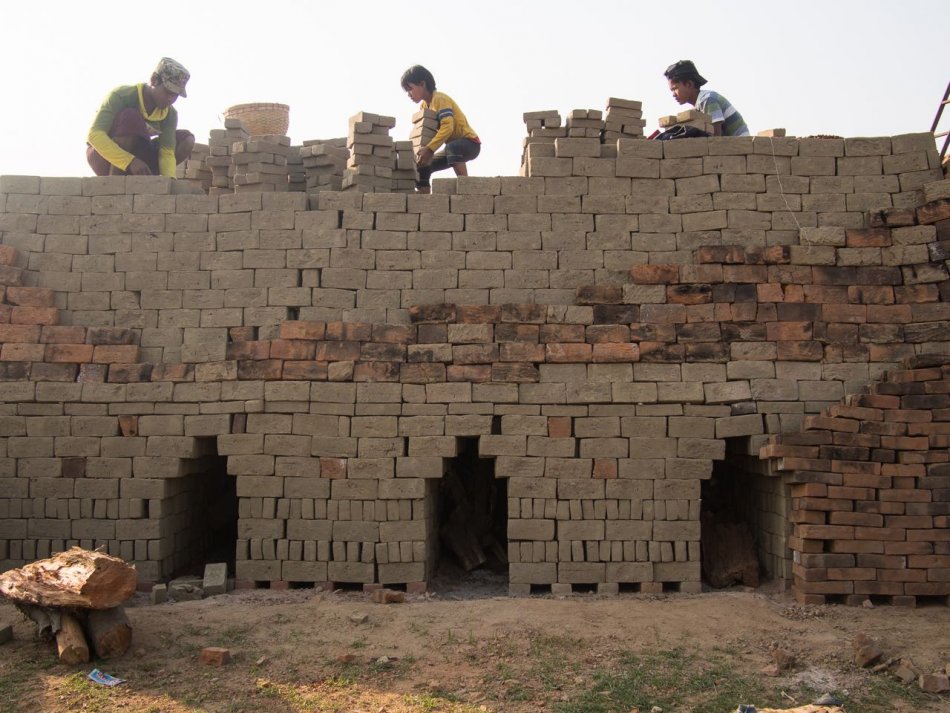
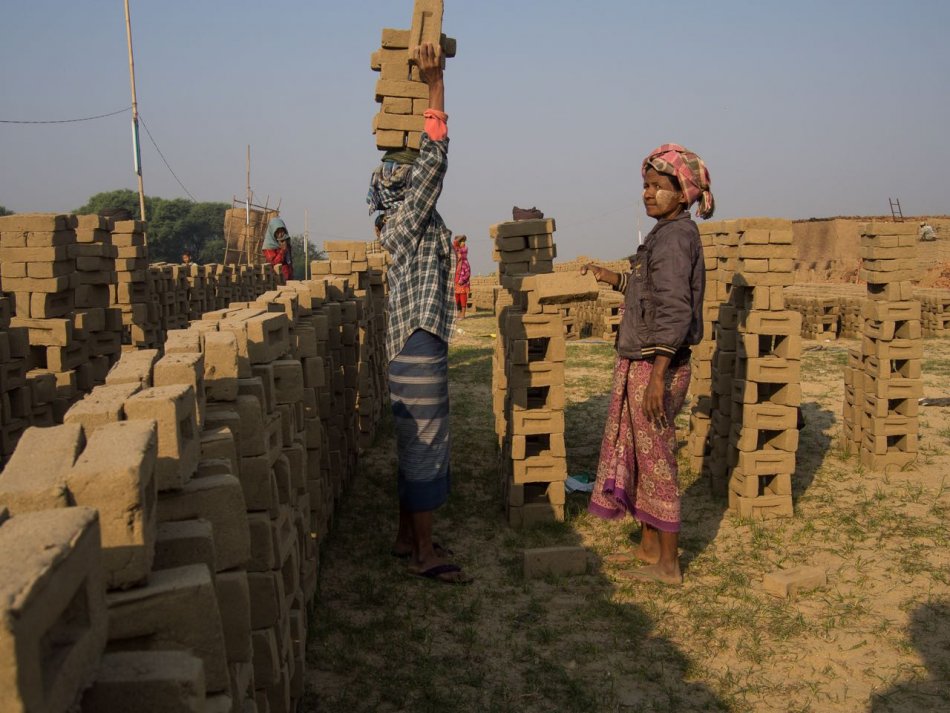
We didn’t share much in the way of language, but managed regardless. He was a fisherman, times were tough at the height of the dry season and he only caught enough to feed his family.
We hoofed it up a parched hill to a solitary pagoda which overlooked the entire area. Atop the bluff he asked where I came from. When I said America he lit up.
“Obama, democracy!”.
That exchange led to the torture revelation. After hearing what he had been through, an affinity for democracy was understandable.
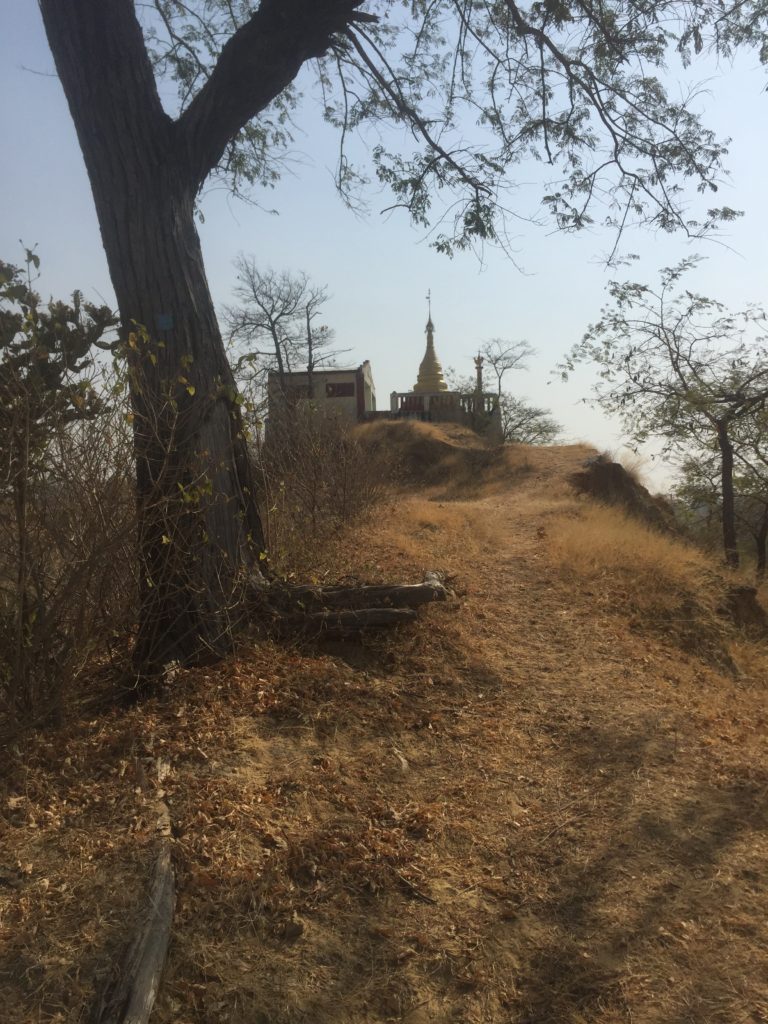
I told him I followed the 2007 protests and touched my heart in solidarity. He couldn’t verbalize his thoughts, but his feelings were obvious. My new friend was reluctant to take a 1000 kyat tip (US$0.85), motioning for me to give it to the villagers instead.
I insisted.
Eventually he relented, looked skyward in thanks and accepted the token of my appreciation.
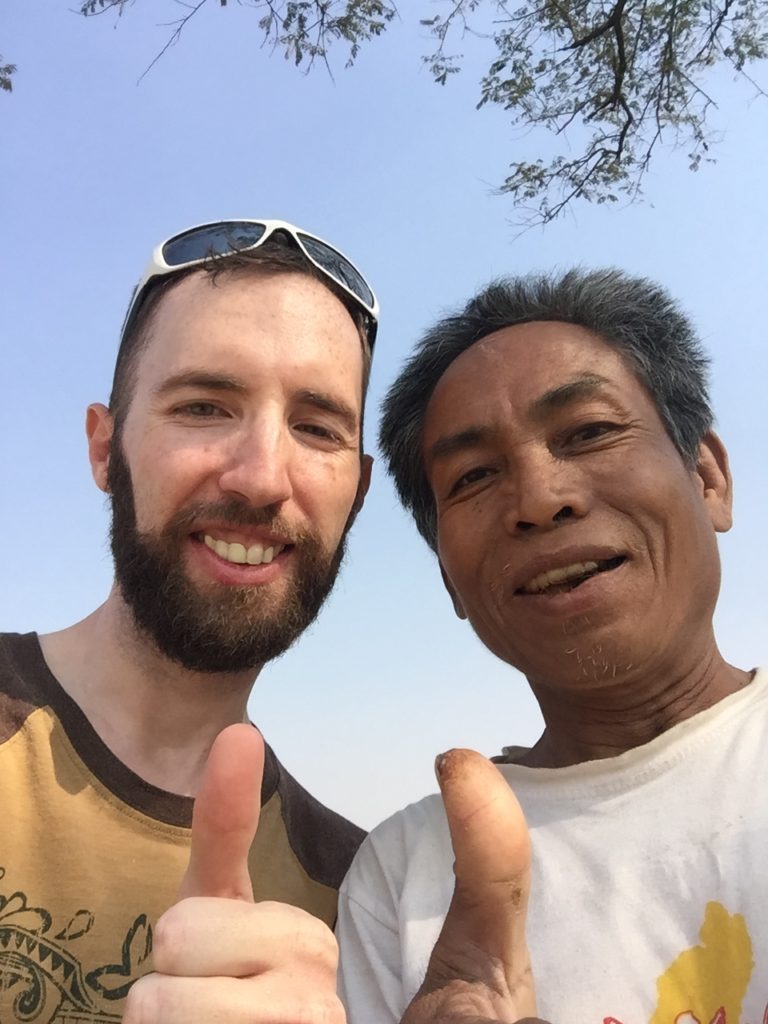
YENANGYAUNG
No travelers arrive in Yenangyaung by accident and not many go there on purpose.
The city is most famous for its petroleum production. Remember, “Stream of Oil”. It is also mildly famous as the site of a 1942 World War II battle… which happened to be fought over oil.
Besides that, it’s pretty much an average Burmese city of 50,000 people getting on with life.
But for one small guesthouse, Yenangyaung would see zero tourists. In fact on my second night I was indeed the only one there. The surrounding township held over 100,000 people, so that solo tourist stat was one impressive fact.
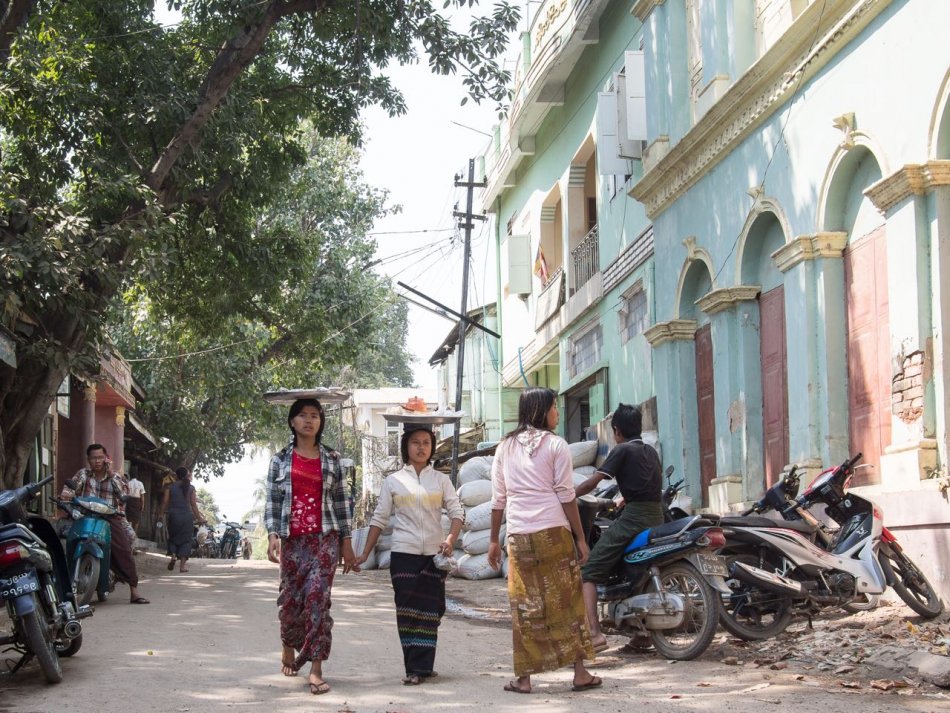
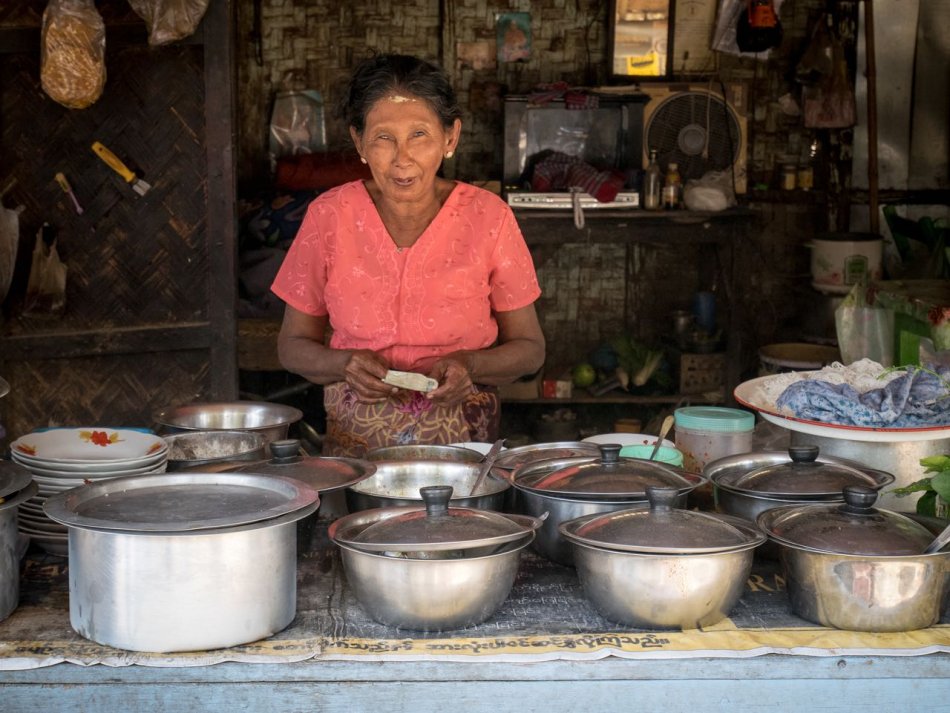
CHARITY & COMPASSION AT LIGHT OF LOVE
Back in 2002, local resident Eric Trutwein retired and returned to his hometown. There he was confronted with desperate poverty and untold numbers of orphaned children, many victimized by the AIDS epidemic.
But what to do?
Instead of a low-key retirement, Eric got to work.
While living in a single room, he began caring for thirteen orphaned children. Food, shelter, mentoring, teaching — the whole deal.
From these humble beginnings grew the Light of Love Private High School.
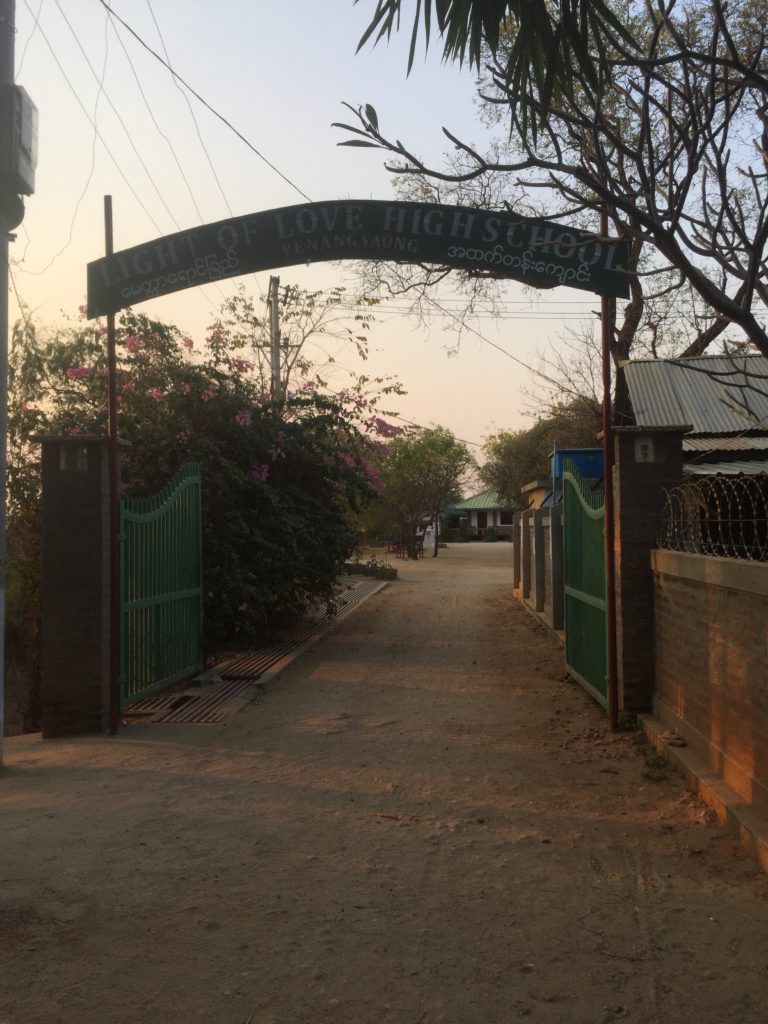
Today Light of Love is a full-blown compound with multiple classrooms, computer facilities and a health clinic. There are no fees. Uniforms are provided. Medical care and food are taken care of.
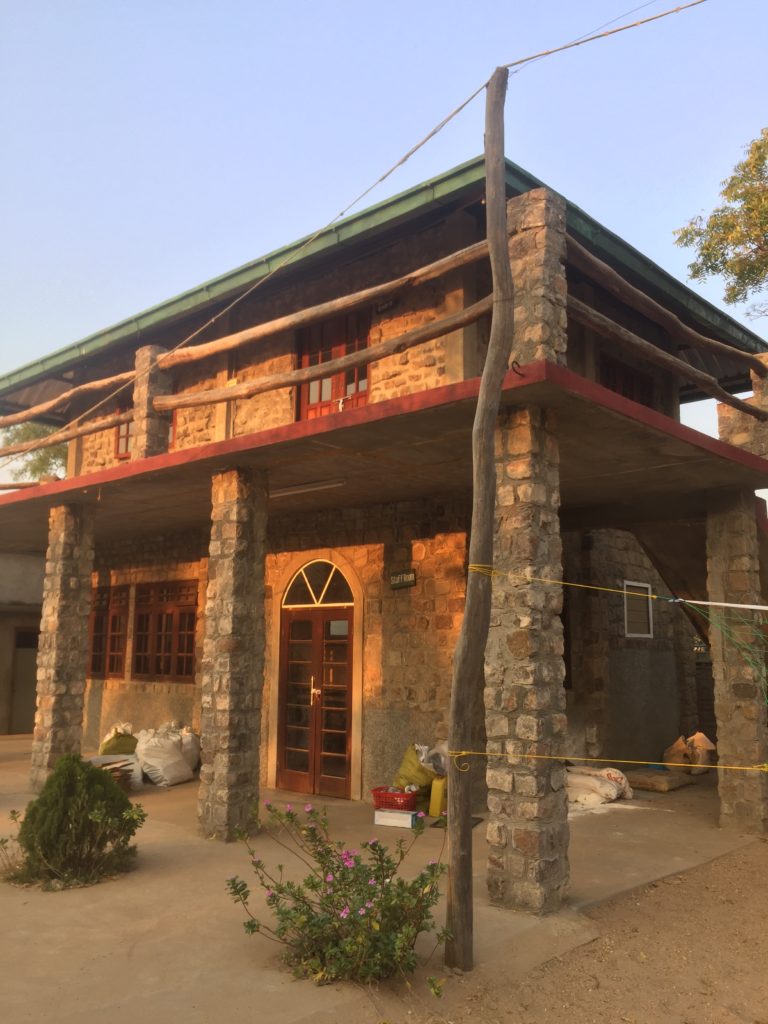
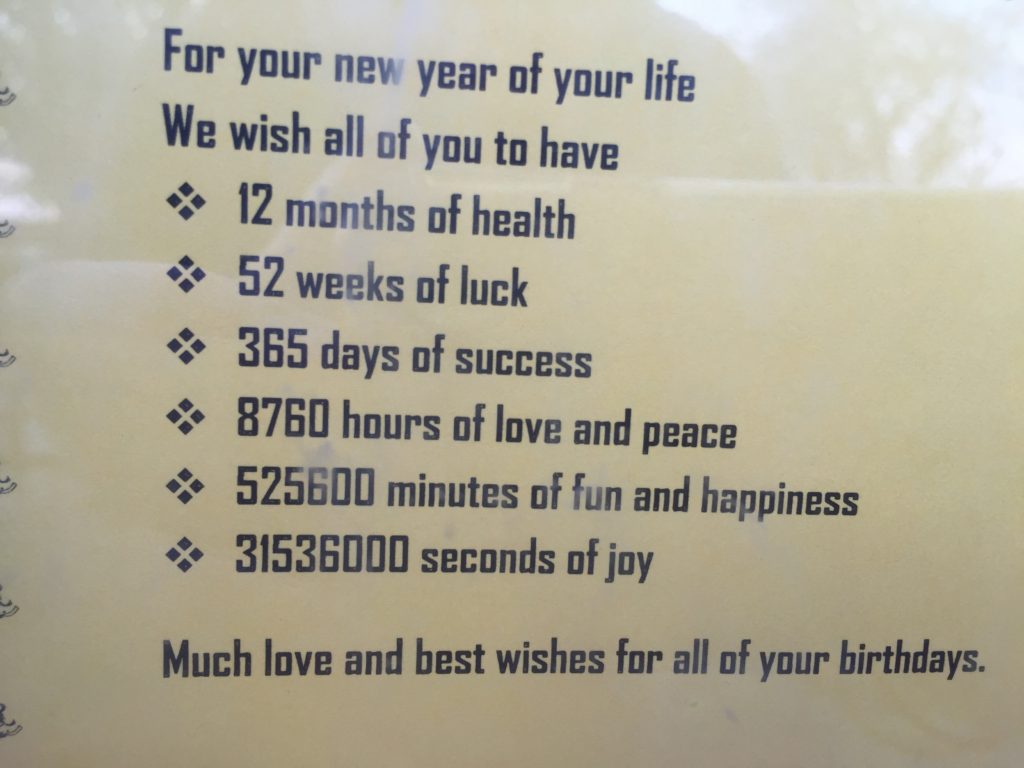
Check out the uplifting story of the school’s founding.
So how does the Light of Love school relate to local tourism and the experience of foreign guests in Yenangyaung?
LEI THAR GONE GUEST HOUSE
Well, in 2006 the same family behind the school opened up Yenangyaung’s only guesthouse. I came across a fellow traveler’s blog post singing the praises of this unknown place a month before my trip.
It didn’t take much reading before I booked in.
Its name? Lei Thar Gone.
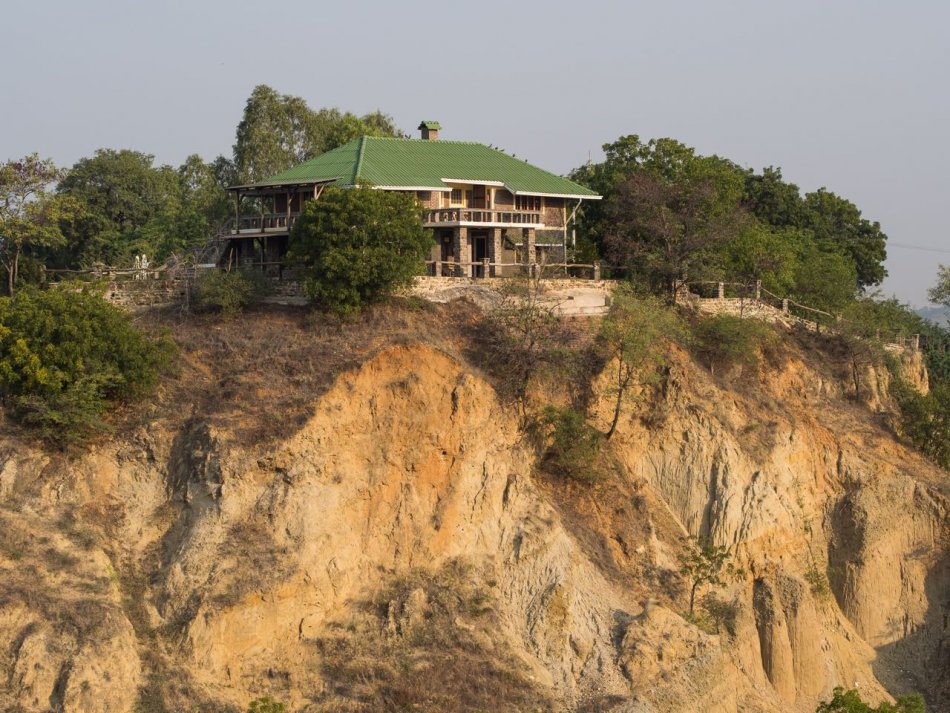
The guesthouse itself is a fabulous place to stay. I rank it as my absolute favorite accommodation during my first 27-night trip to Myanmar.
Fifteen separate rooms spread out across 6 or 8 buildings, so noisy neighbors aren’t a problem. A few Buddhist bells, perhaps, but they’re charming. The rooms themselves are absolutely gorgeous, kitted out with local stone, large showers and overhead fans.
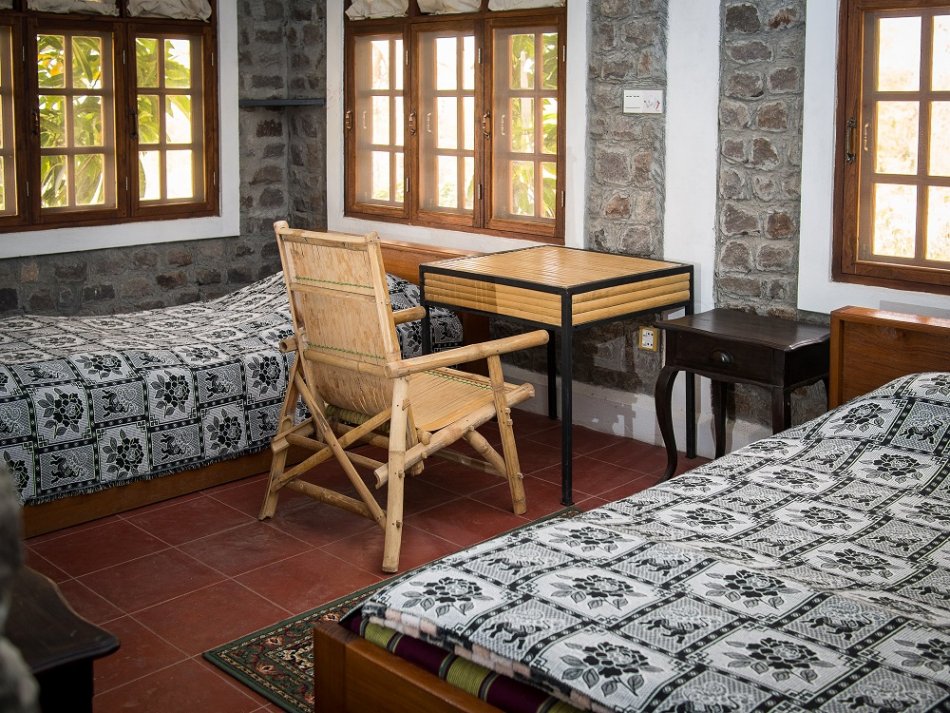
Shady trees and cascading blooms line lush pathways around the property. The “Sunset Spot” is indeed the ideal place to kick back and relax at the end of a dusty day exploring the area. Trust me.
And a refreshing in-ground pool offered a welcome respite as March temperatures approached 100F (38C).

Then there’s the food.
I enjoyed breakfasts with a view on a terrace overlooking the Irrawaddy River. Not a bad way to start the day. Cheap dinners are available as well. During my visit everyone ate family style dinners at one large table, though it isn’t mandatory. But I loved it. When you travel alone, get-togethers like this can really make a day.
And if it’s quiet, it’ll just be you, the family and maybe a friend or two.
Eric held court at dinner each evening and dissected the current state of Burmese politics as the few guests picked his brain. Bless the man for simultaneously humoring our questions while attempting to enjoy his 3-course meal.
CHANGING LIVES IN YENANGYAUNG
Besides the physical comforts, lovely grounds and excellent food, your stay makes a difference.
By staying at Lei Thar Gone you are helping change lives. Literally educating, feeding and providing healthcare for those less fortunate than you. And in this corner of Myanmar, that is a substantial number of folks.
Eric’s family plows guesthouse profits into the school and the associated charitable works. My single room rate — US$30 plus $7 for dinner — covered wages and contributed to the humanitarian causes.
My visit actually overlapped with that of a lovely Swiss couple, Jürgen and Margrit, annual visitors who are involved in a foundation which supports the charitable cause of Light of Love and Lei Thar Gone. Jürgen offered all sorts of fascinating insights and my never-ending curiosity (and questions!) didn’t seem to bother him.
How did the school come to be? What effect did it have on the local community? Are there teachers or volunteers? How did you become involved? What is the long-term vision?
We spoke of the school, successful students and guesthouse employees. Of the wide supply chain, the nascent tourism sector and the depth and breadth of charity happening in this little corner of Myanmar.
I was emotional.
I felt inspired.
BURMESE VILLAGE LIFE
Thirty minutes after the torture victim and I parted, I strolled into the same village I visited the day prior. I sat on a ledge at the Buddhist shrine which appeared to double as the neighborhood playground. Yesterday a half-dozen kids greeted me. We had a kick about with a raggedy, half-inflated soccer ball that seemed to pre-date my time on Earth.
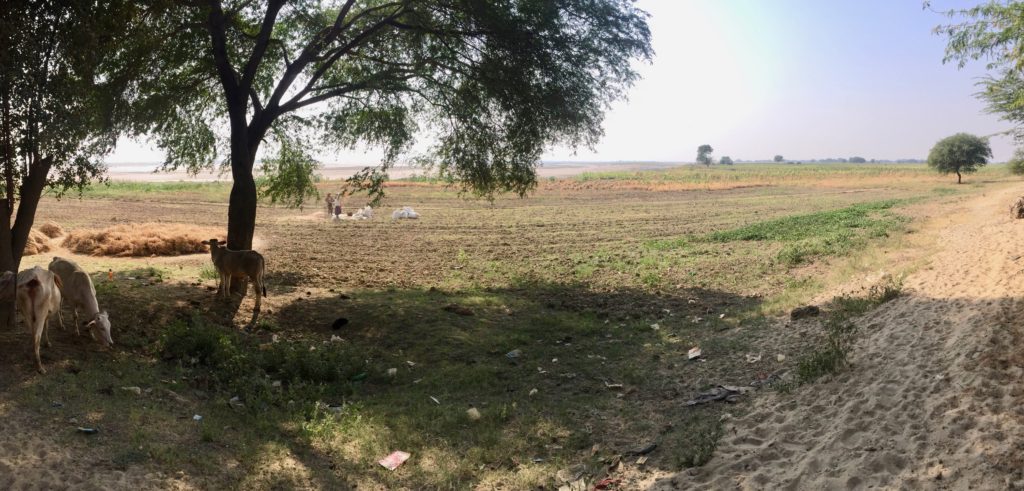
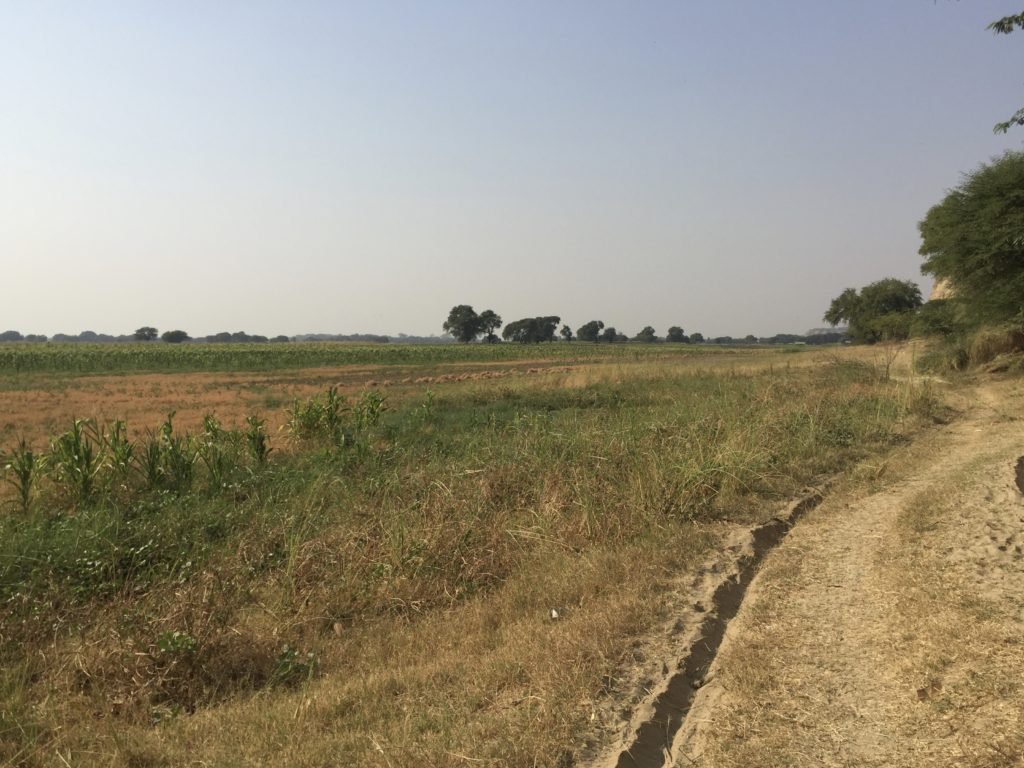
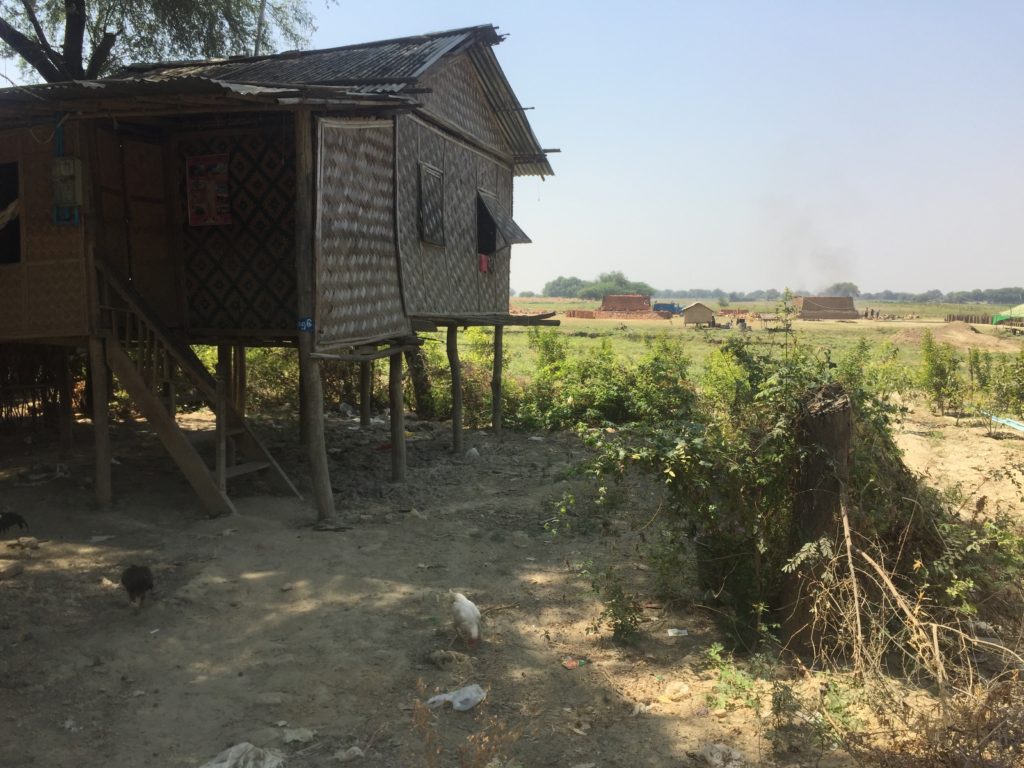
When I took an inflatable mini ball from my backpack their faces brightened. The ball swap was like a siren call. Soon a dozen eager youngsters crowded around. Kids in pajamas, toddlers in undergarments, barefoot children, Croc-wearing girls. Basically, every kid in the village wanted in on the action.
Next up? More local connections, a quiet waterfall and a homemade meal in the former capital of British colonial Burma
Several mothers and babies sat out front of their wood and corrugated metal homes taking in the scene. Occasionally we paused for a passing motorbike, once for a convoy of goats.

After breaking a good sweat I sat down for a drink. The younger kids quickly gathered around, so I pulled out my phone.
This act kicked off their favorite activity — snapping photos and videos before witnessing their on-screen work. I would take a photo or shoot a video, then everyone crowded around to see the results. One kid made a goofy face, then everyone had to replicate it. Some posed like models in training, a brother and sister hugged, one cheeky lad even managed to throw up a middle finger in the back of a group shot!
This went on, conservatively, for twenty minutes.
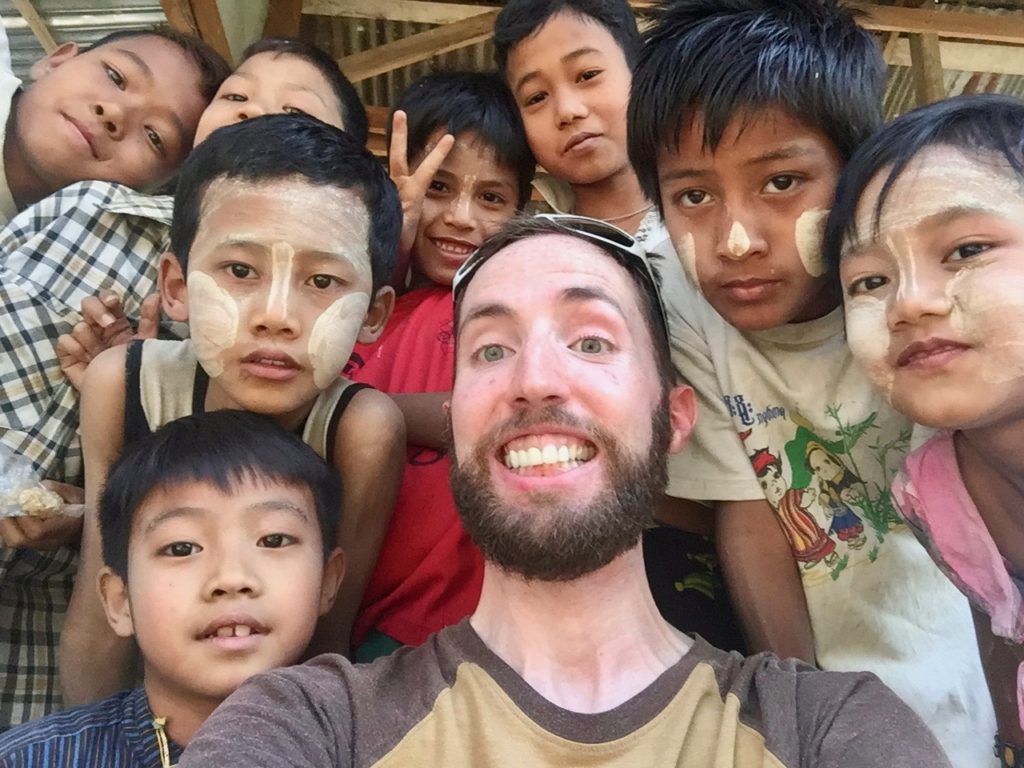
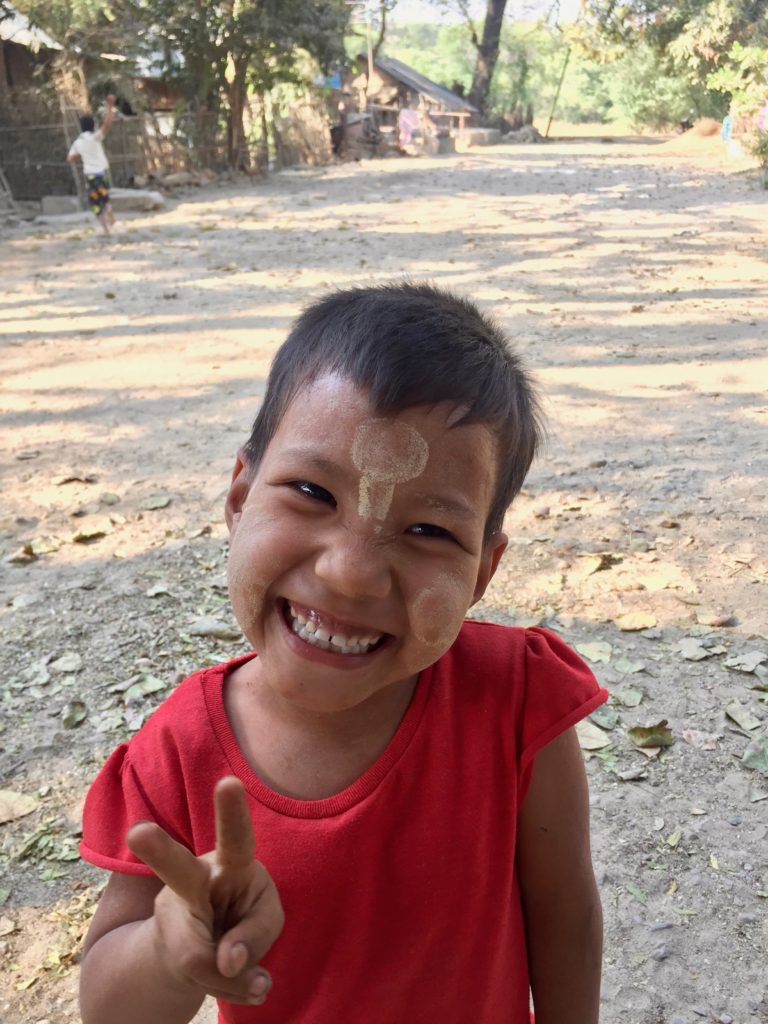
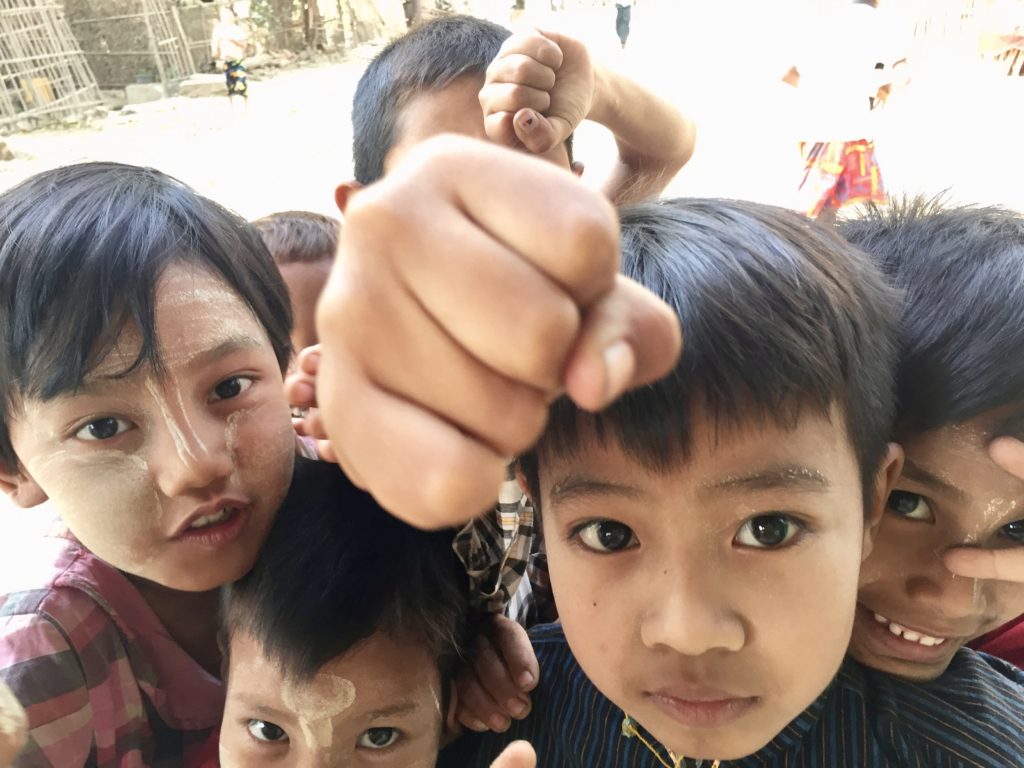
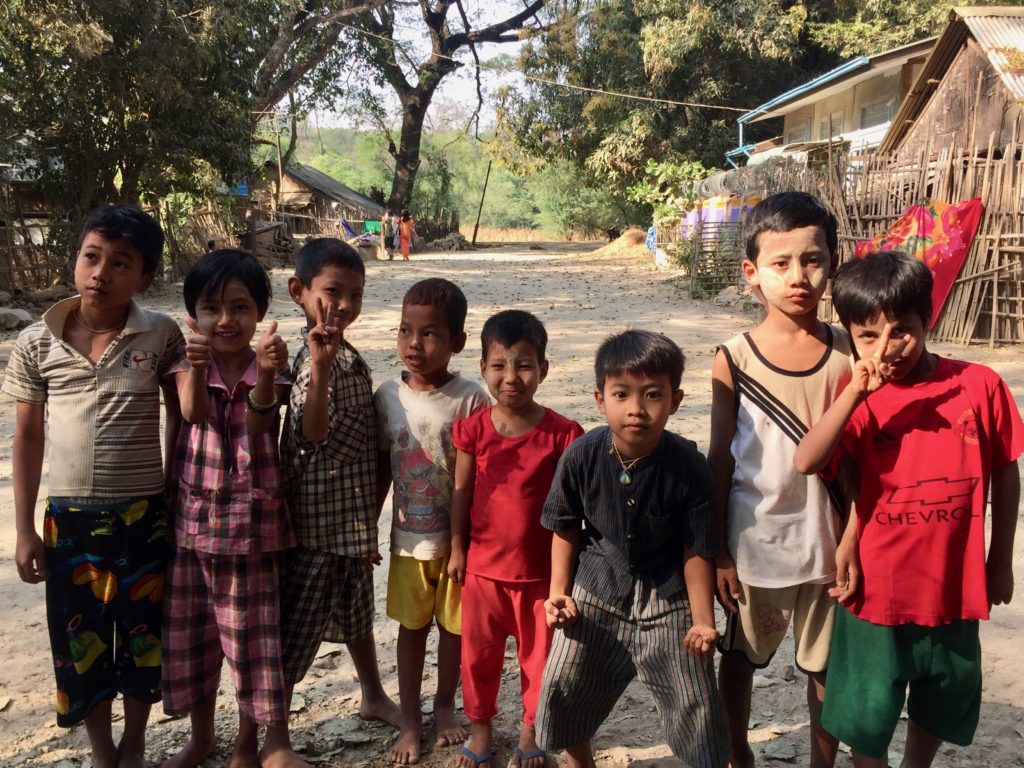
I now own perhaps the most in-depth collection of Burmese kids photos anywhere.
But I’m not complaining.
The kids were adorable and made perfect photography subjects. Many of their cheeks were colored yellow with traditional thanaka. Thanaka is ground up tree bark which is mixed with water and spread onto the face as sun protection or a cosmetic. You won’t get very far in Myanmar without seeing it.
Only one youngster spoke more than a few words of English, though it didn’t matter. Whether we played soccer, shot videos or dished out shoulder massages — which one of the young boys was quite adept at — all was good.
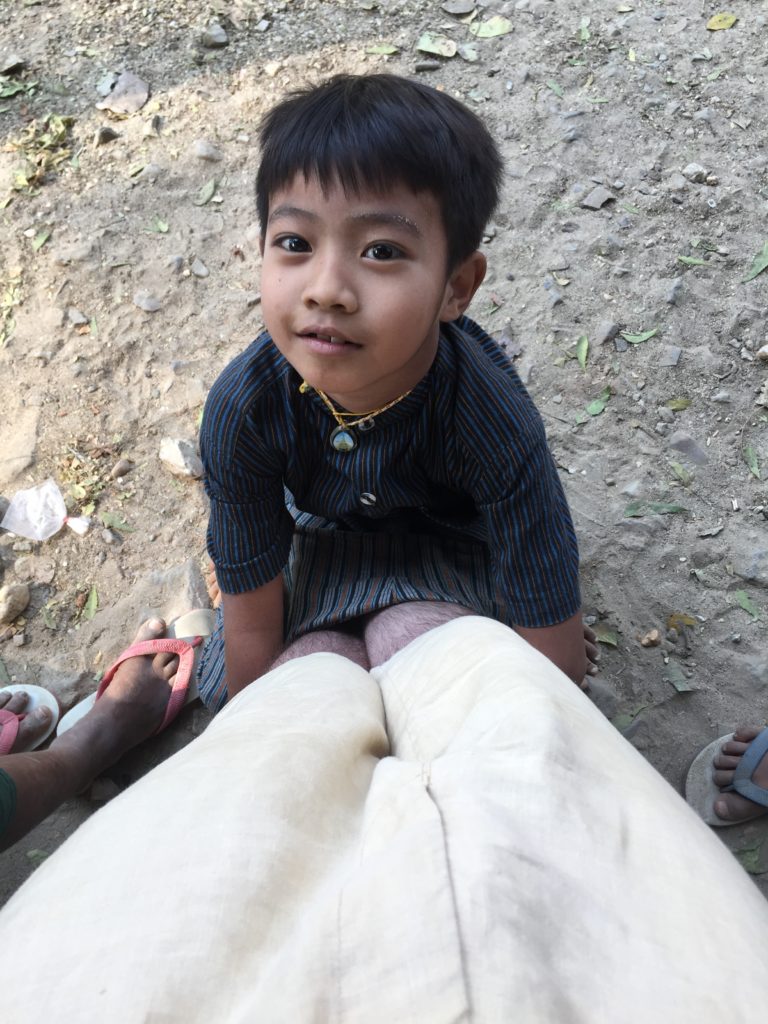
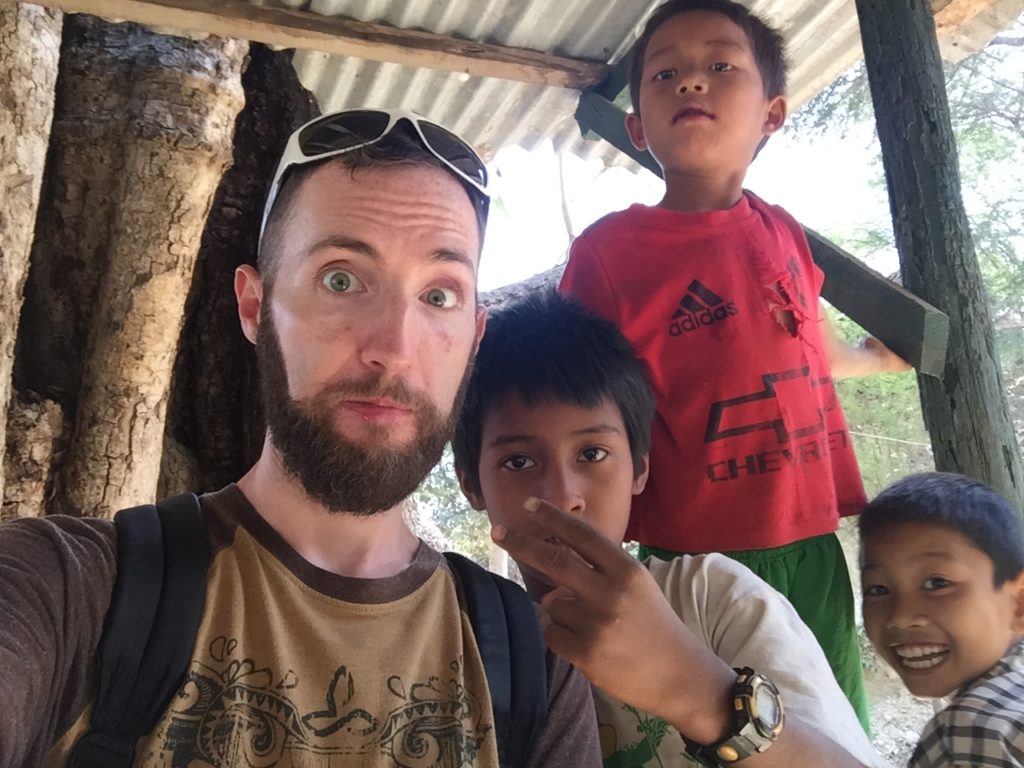
This little village was one of the poorest places I had ever seen, so at the end of my visit I left the soccer ball as a gift. But there was a problem. The accompanying pump and needle kit were back at Lei Thar Gone, forty-five minutes walk down an exposed, sandy path along the banks of the Irrawaddy River.

I decided to come back the following day.
LIFE IS KAUNDE
On my return trip the torture victim and I had a pleasantly unexpected detour. When I finally arrived the kids were ready. This time I had a frisbee as well, so that became the new object of everyone’s fascination. Well, that and my white sunglasses. After nine photos of various kids posing with my sunglasses we got down to the sporting action.
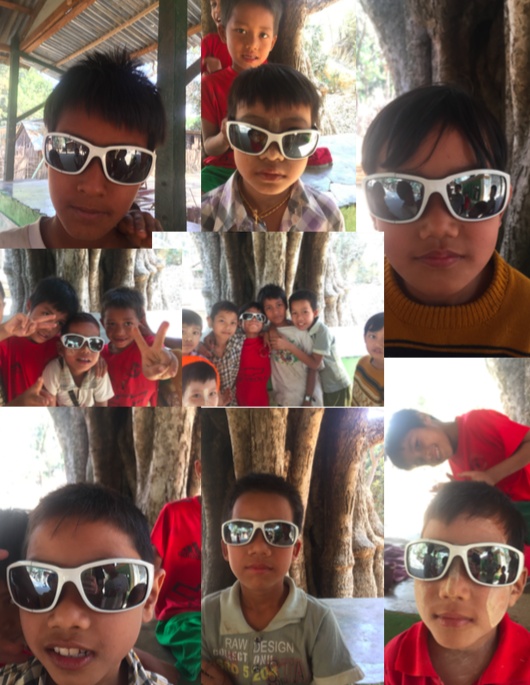
Same scene as yesterday, a dozen kids in a circle tossing the frisbee back and forth. Some knew how to throw it while others required a bit of guidance. One even mixed in a perfect backhand throw which elicited in me a smile of epic proportions.
“Kaunde!”, I said, Burmese for good.
And I meant it.
Not just the frisbee throw, but the cultural exchange, the kids, the connections, my stay at Lei Thar Gone, Yenangyaung and real Myanmar in general.
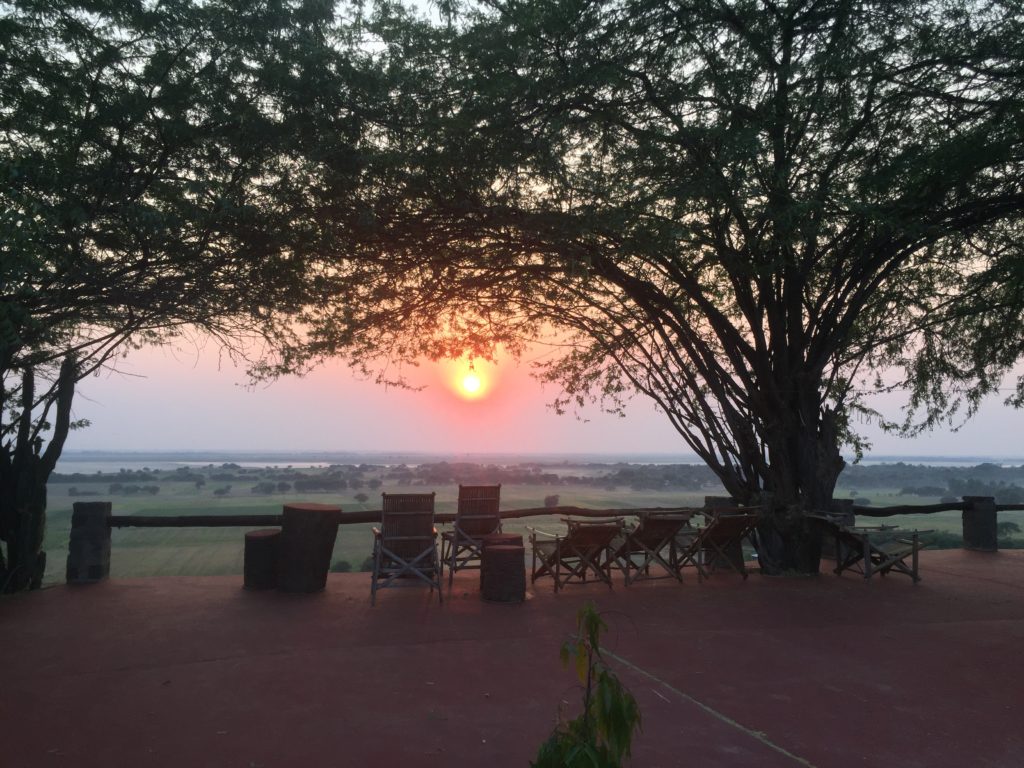
DO IT YOURSELF
Getting to Yenangyaung
Yenangyaung surprised me with its connectedness to the rest of Myanmar. It sits at a crossroads of sorts. Bagan is just two hours north. Naypyidaw is within a half-day’s ride. Buses to Yangon and Mandalay are plentiful. Even long-distance buses to Rakhine State destinations Sittwe, Mrauk U and Ngapali Beach, while not calling directly in town, come quite close.
In short, you have options.
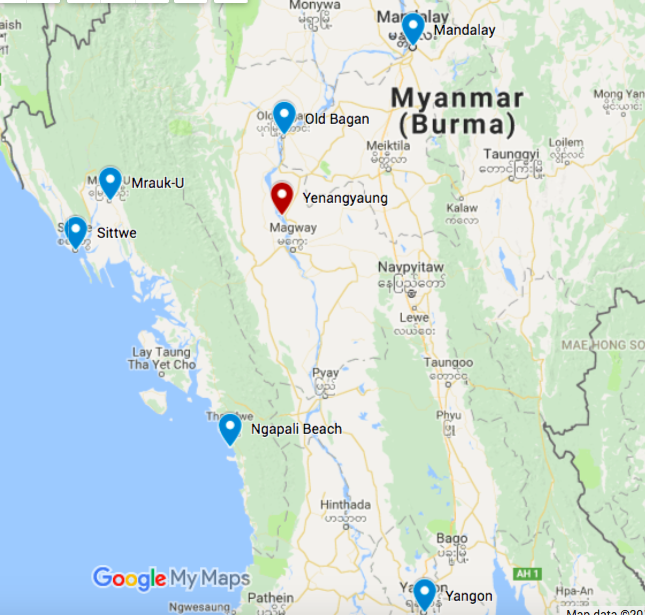
I arrived after a 2.5 hour minibus ride from Bagan. The driver blew past the guesthouse and only stopped after I alerted his assistant. He refused to turn around, so I had to get out beside a random roadside shack on the edge of town. Luckily some friendly young people were inside. Typically of Myanmar, one of the kids offered to give me a lift on his motorbike.
Multiple buses connect Mandalay throughout the day. There are a couple of nighttime buses too, but it’s a short night. Plan on 5 or 6 hours. I departed this way, rolled into Mandalay early in the afternoon and hopped a taxi straight away for Pyin Oo Lwin.
Yangon is farther afield, so overnight buses connect the two from 6pm. There may or may not be daytime options as well. Ten hours.
Naypyidaw, Myanmar’s Capital of Weird, is a 4.5 hour minibus ride to the east. I caught a morning minibus out of Yenangyaung on this route during my second visit to Myanmar.
If you’re interested in testing the limits of human endurance, the marathon Mandalay to Mrauk U and Sittwe bus (25 hours!) calls close to Yenangyaung around 930 or 10pm. Hopping on locally will cut that epic journey roughly in half, leaving twelve hours to Mrauk U, possibly more.
In 2019 I took this bus in the opposite direction, from Mrauk U to Yenangyaung. The bus departed at 845am and arrived at the toll plaza outside Yenangyaung around 1130pm with stops for lunch, dinner and a couple of passport checks in between. The route crosses the mountains of eastern Rakhine State and follows the highway via the town of Ann. If you are prone to motion sickness, give it a pass. Or be prepared for a torturous day. I am normally not the motion sickness type, but I suffered mightily on this bus. You can imagine what that means. Post coming soon…
The Bagan area has the nearest airport. It’s actually in Nyaung U (NYU).
Reach out to Lei Thar Gone with questions. Therese is especially helpful and hooked me up with a variety of information to assist with advance transit planning. The guesthouse will books tickets, drive you to the bus station and ensure you’re aboard the proper bus upon departure.
Sleeping and Eating
Duh, the only place in town.
I originally booked two nights at Lei Thar Gone, but wound up extending for a third. If you can swing it, I suggest at least that. Relax by the pool, explore the villages near the river and see what life is like for average Burmese beyond the tourist centers.
As of 2019 the guesthouse offers breakfast, lunch and dinner. Breakfast is included in your stay, lunch averages US$2 and dinner goes for US$7. You will be able to rustle up some options in town. That being said, if you’re expecting Western food in air-conditioned quarters, well, let’s just say you’ll be disappointed. Think market stalls and street carts, not sit-down meals and table service.
My room had a mini-fridge and the main reception area offers complimentary water fill-ups.
Seeing the Sights
Go for a walk. Discover what real Myanmar is all about.
Whatever you do, make sure to visit the school. Visitors are welcome and apparently the kids quite enjoy guests. Term ended literally the day prior to my arrival, so all was quiet, though I did have a peek around the facilities.
Lei Thar Gone offers formal tours such as a motorbike safari and an excursion with a local fisherman. Guests at the time of my visit spoke highly of the fishing trip. Others arranged for a guided trip by car to see some well off the beaten path ruins.
Pretty much anything you can dream up, I have a feeling the team at the guesthouse will do their best to make it happen.
Finally, a special thanks to Therese at Lei Thar Gone for her generosity in allowing me to use several photos from their wonderful collection. Give the galleries a browse, you’ll feel a part of the local scene. Better yet — plan a visit and snap your own photos!
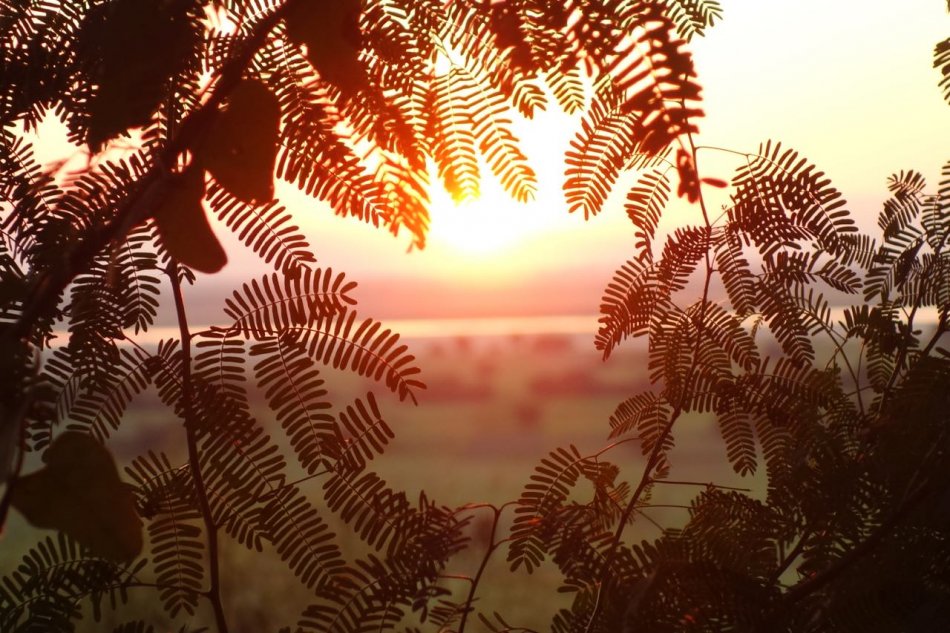
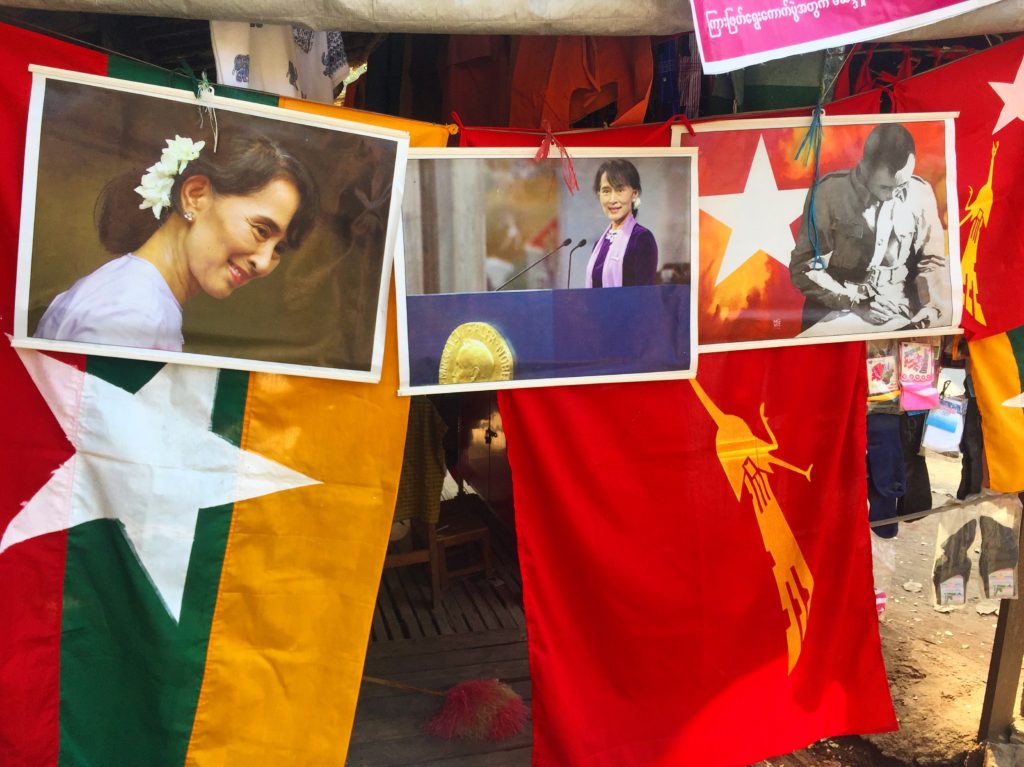

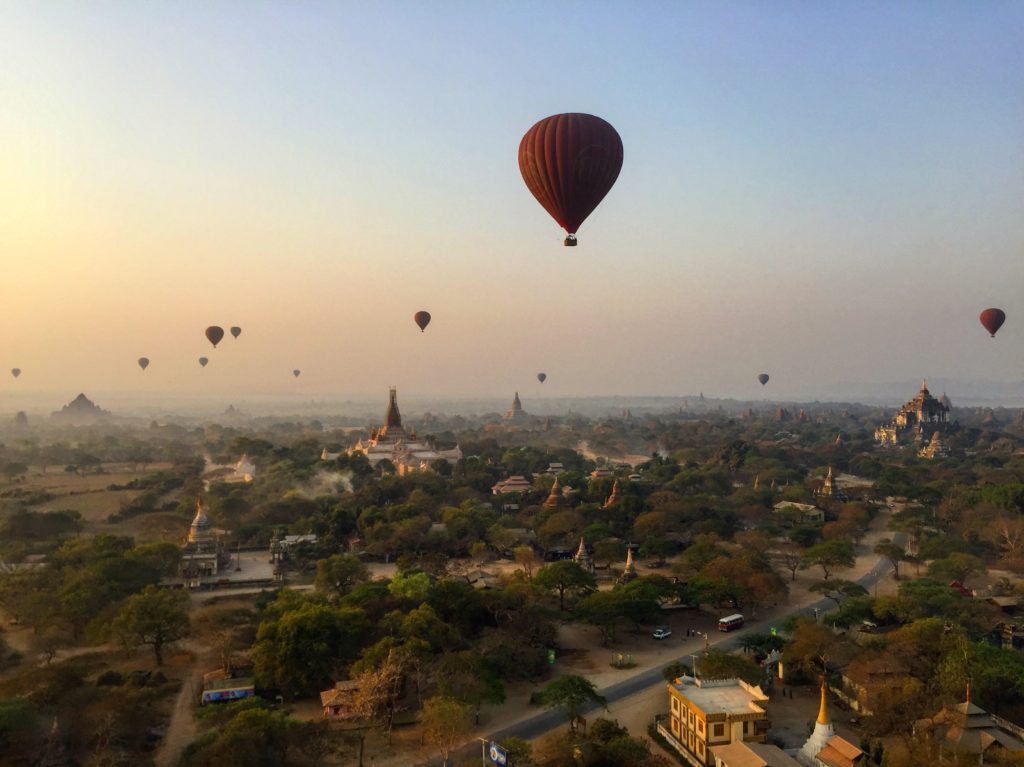
HI, its me again, Sebastian
I enjoyed reading this posting blog, awesome humble experience, thats my thing, interacting with locals and feel more appreciated what we have here in America.
I will try to see if I can come by this place, just 2 hours down from bagan.
quick question, have u visited these places: Sittwe, Mrauk U and Ngapali Beach?
If so, how safe it would be considered to visit Mrauk? considering they fall in a danger prohibited area?
Thanks
Sebastian
Hey Sebastian, glad you enjoyed it!
Experiences like this definitely make you appreciate the basics of life.
I never made it to Mrauk U and Sittwe, though they were on my list. I planned to catch the bus from Yenangyaung. I actually had and cancelled hotel reservations because Rohingya violence was flaring up at the time. I went to Pyin Oo Lwin and Hsipaw instead.
I don’t read too much into those government lists. You sound like a reasonable traveler. As long as you are informed, aware and stick to the usual sites, you will not have any problems. In fact, if you traveled like an uninformed tourist you might not even know anything was going on.
Be cautious and register yourself in the STEP program. Whenever traveling off the beaten path I register myself.
In all honesty, the military will not allow foreigners anywhere near the ‘trouble spots’. But I would keep my opinions on the Rohingya and their status in Myanmar to myself. You’ll find it’s a sensitive topic and locals have pretty much one attitude about it.
I would have no issues visiting Sittwe or Mrauk U now. An incident took place in January which probably didn’t help the tourist perception of Rakhine State.
Both are atop the list for my next trip.
I’m not a beach person, so can’t help you on Ngapali.
Wow Chris! What an experience! It sort of reminds me of our time visiting a couple of little local villages in the Congo while we were working there (playing with the kids and wandering the villages ect)… how gorgeous to have been able to spend so much time playing with the kids!
We won’t be able to follow suit on our upcoming trip but this is really inspiring to keep in mind for future trips!
Thanks for taking the time to write and share this… love your writing style and photos!
Thanks, Peta!
There’s nothing like hanging out with the kids in poorer communities to give you a sense of perspective, ah? They’re just so happy and fun loving, even though they have very little.
I’d love to hear about the Congo one day…
Thanks for sharing all of this. I came upon it while doing genealogical research on my great-grandfather, Mathias Myers Johnson, who worked for many years in the oil fields in Yenanguang, beginning in the early 20th century). .I appreciated all the photographs and stories of your experiences with the people there. There isn’t a whole lot of information about Yenanguang on the net, so your post of stories and pictures was a special find for me.
Hey Susan
I’m so glad the post added a bit of color to your great-grandfather’s genealogy research. Working in the Burmese oil fields a century ago… sounds like there is indeed quite a story there.
Thanks so much for commenting.
I actually went back to Yenangyaung again the following year, but haven’t changed up the post or put up the newer photos. One day…
Enjoy your research!
“Yenangyaung”